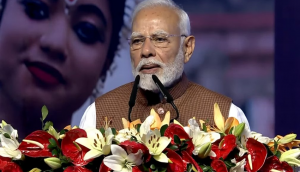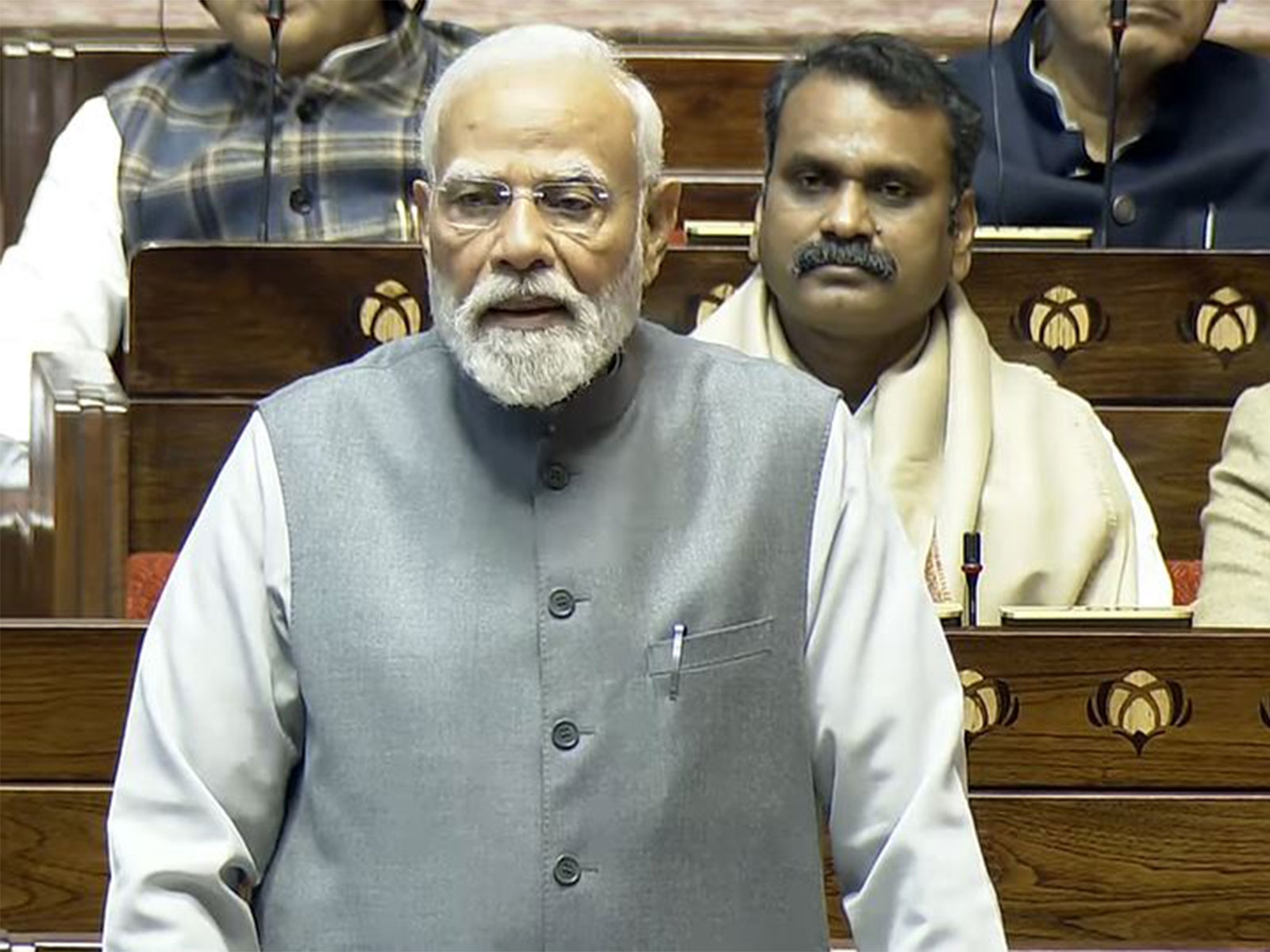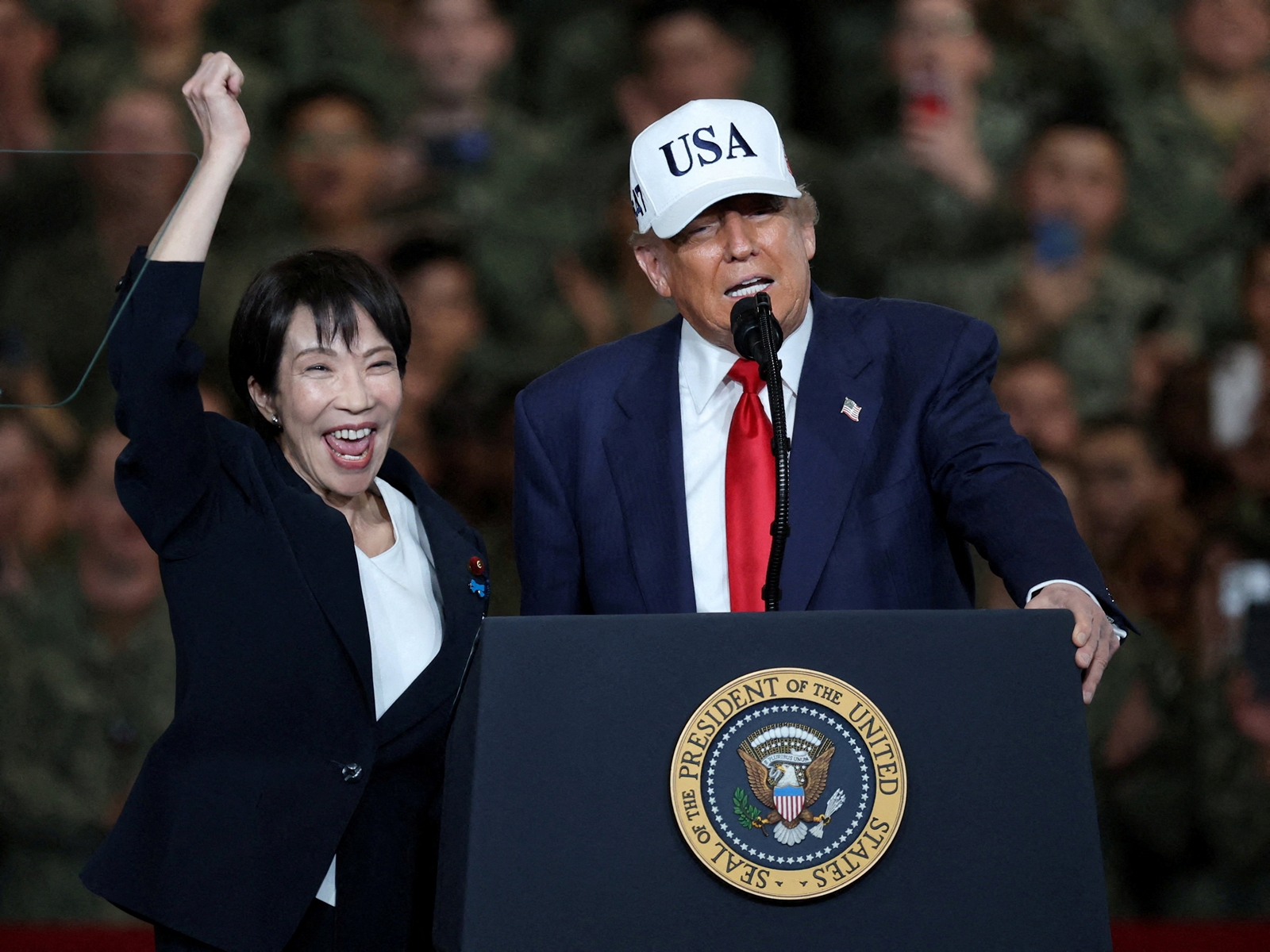Diamond industry loses its sparkle thanks to Modi's demonetisation

The diamond industry in India is the biggest in the world. However, it has lost it sparkle after the demonetisation drive announced by Prime Minister Narendra Modi on 8 November.
While the bigger players, who have been operating through cheques and drafts, are well placed, it is the 90% smaller and mid-level diamantaires who are facing a very bleak future. Their ordeal is not expected to be over very soon.
Demonetisation has left thousands of workers involved in diamond polishing and cutting jobless. The impact is most visible in Surat, which accounts for cutting and polishing more than 90% of the world's diamonds.
It can safely be said that at least 50,000 people have lost their jobs. The saving grace, however, is that a large number of the workforce is employed with the bigger players, who will not be majorly affected.
How the industry has been hit
Recently, the Ratnakalakar Vikas Sangh (RVS), representing the diamond workers in Surat, demanded unemployment allowance for over 20,000 diamond workers employed in the small diamond units, who have been rendered jobless due to the impact of demonetisation.
Led by president Jaysukh Gajera, RVS members submitted a memorandum to the administrative authorities, demanding unemployment allowance to diamond workers rendered jobless due to the closure of around 1,500 small diamond units in the diamond hubs of Varachha, Katargam and Mahidhapura.
Gajera said: "Small units having less than 20 diamond emery wheels are yet to reopen after Diwali vacation. These units employ over 20,000 diamond workers who are rendered jobless. The government must intervene. These small diamond units have been doing cutting and polishing of diamonds procured from the local market. Most of the units do job-work for the medium and big units. After demonetisation, the units are facing severe liquidity crunch due to non-availability of cash in the banks. They (unit owners) are unable to pay wages to the workers. Thus, they have shut their units."
Most of the workforce in Surat is from Saurashtra. Having gone back home for Diwali, a large number of them have not returned to their workplaces. There are around 4,000 units, out of which 50% are small ones, having two to 15 emery wheels.
There are around 4,000 traders who are mainly dependent on around eight prominent Angadia firms that carry out both informal banking and courier operations. Angadias are individual couriers in the diamond industry, who have been carrying out their vocation entirely via cash.
Aniruddha, a key expert and observer of the diamond industry, added: "Large companies in the diamond and jewellery sector having in-house manufacturing facilities would manage well in the demonetisation process, because they are paying wages to their employees through banking channels like direct transfer or cheques. But small and medium manufacturing companies including subcontractors pay their employees through cash. Looking at the current unavailability of cash in the banking sector, these companies are going to face major operational problems, and as such, lower consumption of raw material and lower production of finished goods."
He said that because of wage problems, these small and medium units were being forced to keep their operations on hold, leaving workers jobless and having no earnings. This is pretty evident in the cutting and polishing hubs in the city.
Small and medium traders who operate in Surat and Mumbai are expected to continue to face a tough time, and the problem may become severe.
Only 10% of finished diamonds produced by the Indian diamond industry are consumed domestically - the rest are exported. As there is cash scarcity in the country, the domestic consumption would be badly hit, and the profits of traders will come down in the next two quarters.
Aniruddha said: "The decision of demonetisation has been taken to curb black money, rampant corruption etc. If the government comes with more stringent norms after 31 December, the angadiya firms that are the backbone of the diamond industry to transfer goods and cash would badly suffer, and this, in turn, will affect the whole industry more."
Bringing the business above board
Experts say the Government of India is taking trade and industry in a cashless direction would mean that most of the payments would be made through drafts, cheques and online transfers. In this scenario, all the companies - big, medium, small and contractors - would have to come under all the applicable laws related to factory, labour, environmental, direct and indirect taxes.
The big companies already comply with these various norms, but it will put extra financial burden on small and medium players, who would have to comply with these laws in future, which will affect their profit margins.
On its part, the Surat Diamond Association (SDA) has started a campaign to spread awareness among the small and medium diamond unit owners and traders to maintain account books, purchase and sell rough and polished diamonds using proper bills, open accounts of their workers in banks etc., in order to tide over demonetisation and the shortage of new currency in the market.
Sources assert that after the global economic downturn in 2008, around 15% of small and medium unit owners had started maintaining books, purchasing and selling rough diamonds in bills, and opened workers' accounts. The majority had, however, continued to follow the old system of cash transactions depending on 'chopdawalas' (non-formal book keepers) and the angadias.
The small and medium unit owners not maintaining book of accounts are dependent on the chopdwalas and the angadias, who charge 1.5% and 1% respectively on the import of rough diamonds without bills. In the process, the unit owners and traders lose 2.5% of their profit to the chopdawalas and the angadias. On the contrary, those maintaining books and dealing in proper bills save 2% on the import of rough diamonds after paying tax to the government. According to rough estimates, there are more than 1,000 chopdawalas in the diamond markets of Varachha and Mahidharpura alone.
Sources say the industry has been plagued by the problem of fake bills for quite some time now. The chopdawalas give fake import and export bills and invoices to the diamond merchants and small unit owners and the same invoices are then produced in the customs and even in the banks for allegedly showing legal import and export.
Recently the Gems and Jewellery Export Promotion Council (GJEPC), the apex body of gems and jewellery sector, had organised a seminar on 'Demonetisation and opportunities in gems and jewellery sector', where the top players in the industry laid emphasis on a complete changeover, to carry out operations in an official manner.
Industry leaders point out that most of the diamantaires are wary of maintaining books, fearing the harassment by tax officials. However, there are ample opportunities for diamond companies to start working within official rules.
Edited by Shreyas Sharma
First published: 27 December 2016, 8:22 IST




![BJP's Kapil Mishra recreates Shankar Mahadevan’s ‘Breathless’ song to highlight Delhi pollution [WATCH] BJP's Kapil Mishra recreates Shankar Mahadevan’s ‘Breathless’ song to highlight Delhi pollution [WATCH]](https://images.catchnews.com/upload/2022/11/03/kapil-mishra_240884_300x172.png)

![Anupam Kher shares pictures of his toned body on 67th birthday [MUST SEE] Anupam Kher shares pictures of his toned body on 67th birthday [MUST SEE]](https://images.catchnews.com/upload/2022/03/07/Anupam_kher_231145_300x172.jpg)






